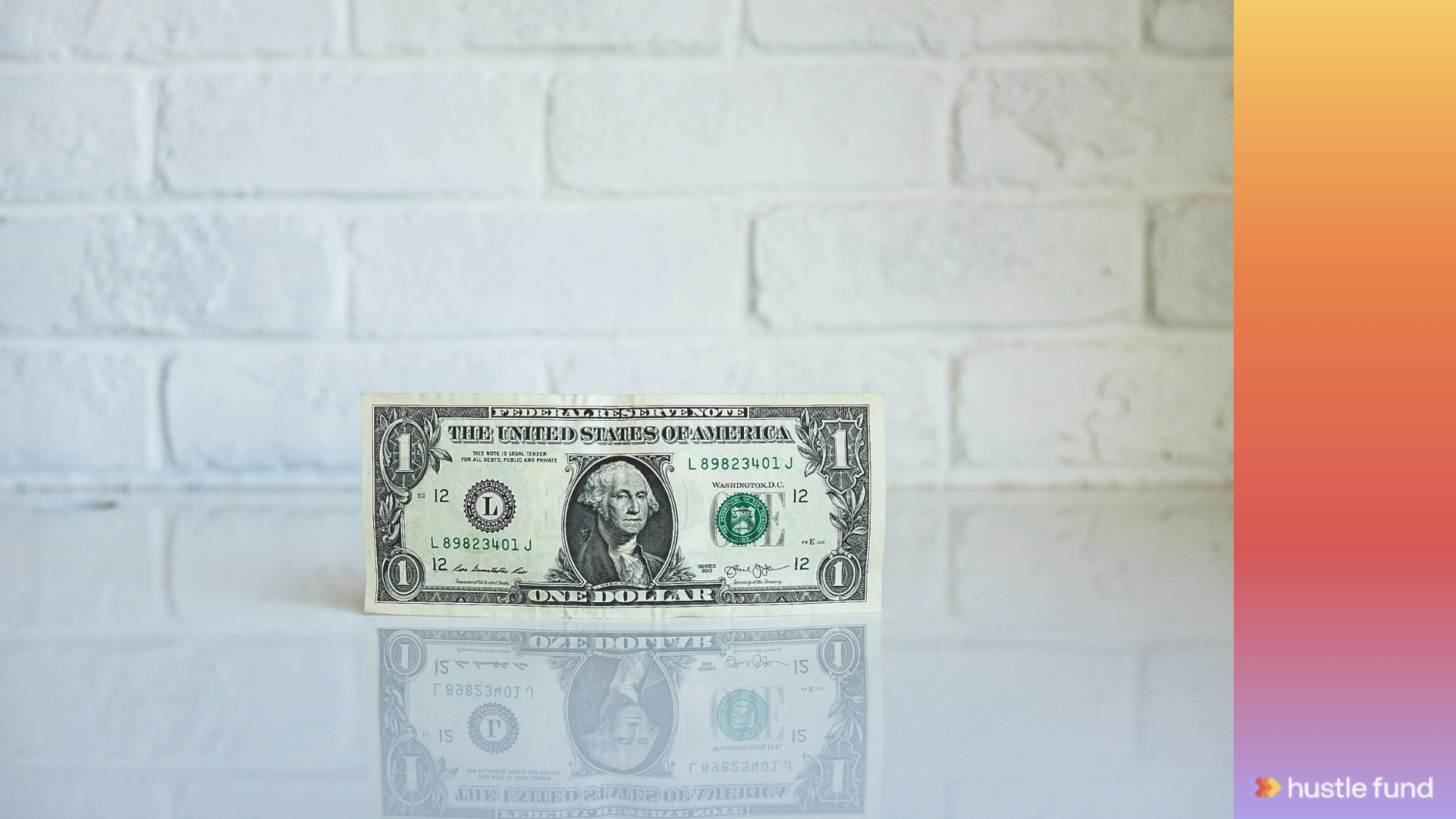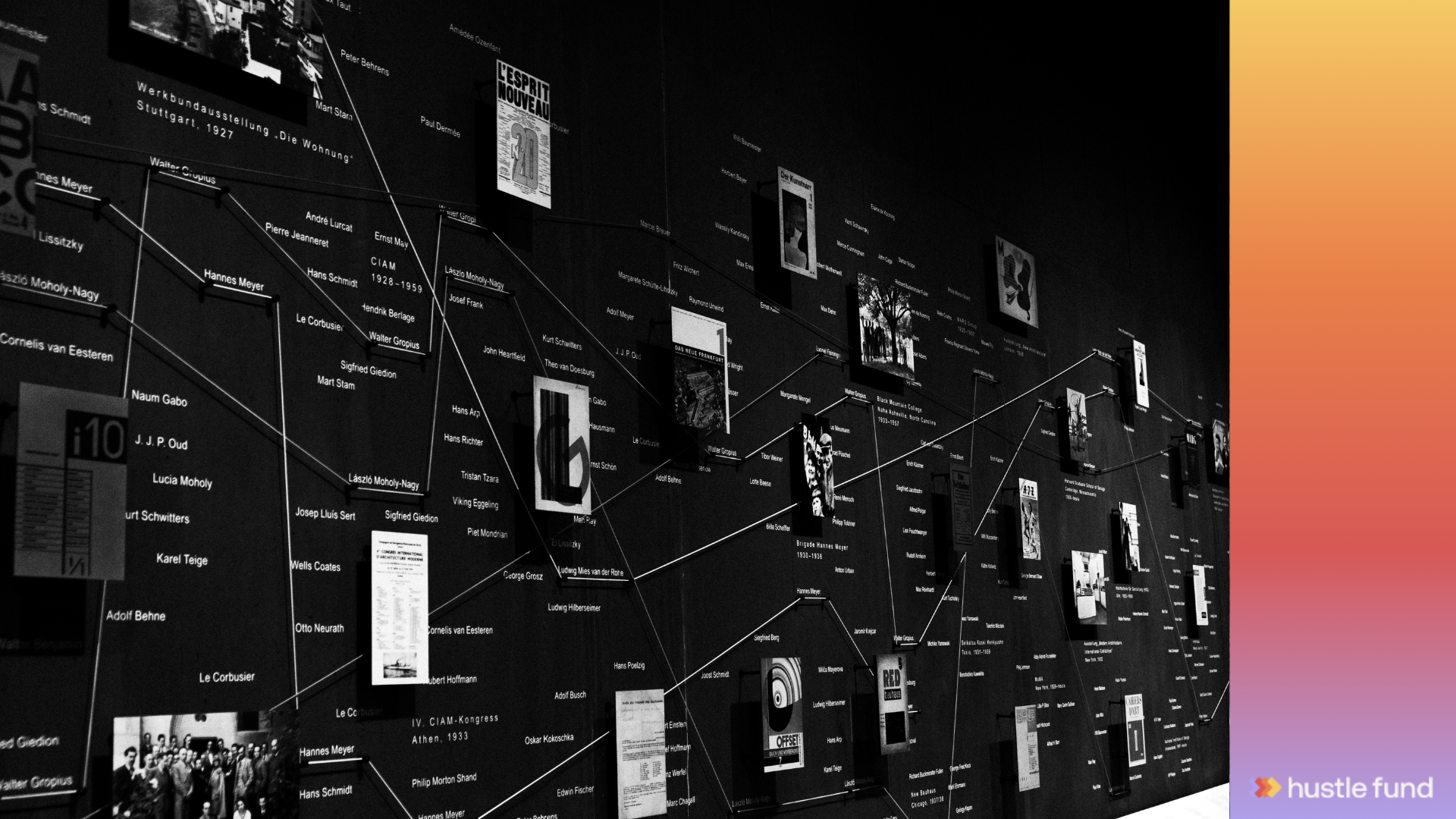Customer acquisition as an investment thesis
.png)
Brian Nichols is the co-founder of Angel Squad, a community where you’ll learn how to angel invest and get a chance to invest as little as $1k into Hustle Fund's top performing early-stage startups
According to the internet, hundreds of millions of startups form every year. Most of them don’t make it.
With such a massive volume of startups in the ecosystem, picking winners can feel like shooting in the dark. This is why many investors develop an investment thesis. A rubric of sorts they can use to decide when to pass, and when to take the bet.
For example, Jess Lee’s thesis (when I interviewed her back in 2022) centered around community.
If you ask Hustle Fund co-founder and GP Elizabeth Yin, her thesis is around market pull / customer acquisition. Elizabeth knows that most startups fail because they run out of money. So developing an effective and repeatable process for acquiring customers is crucial. Here’s how she puts her thinking into practice.
Three areas of customer acquisition
There are three areas of customer acquisition that Elizabeth looks at to get a picture of a company’s customer acquisition strategy.
- CAC - customer acquisition cost. As in… how much does it cost to get the customer?
- LTV - lifetime value. As in… how much revenue will the company earn from the customer?
- Payback period. As in… how long does it take to start making money on this customer?
Now, Elizabeth invests in primarily pre-seed companies, which often means pre-revenue, pre-traction, and pre-data points. So these companies don’t yet know their CAC, LTV, or payback periods. But she’s thinking about each of these concepts when she makes her decision. And she knows that if the company is going to succeed, they’re going to need low CAC, high LTV, and quick payback period. And not just in the early days. They’re gonna need to do this at scale.
Ok, let’s break down each one from an investor’s perspective.
Let’s talk about CAC, baby.
Most companies have to pay some kind of customer acquisition costs. In the earliest days, CAC might be relatively low. This is because the company is going after the lowest-hanging fruit. They’re targeting people in their network, people they can access through warm intros, and/or customers who already know they have a problem and have been looking for this solution for some time.
But as time goes on, the company will have to target customers who have never heard of the business… and who might need to be convinced that their problem is big enough to warrant a solution. That’s typically when the startup starts exploring paid acquisition. And that’s when CAC goes up.
See, the thing that drives CAC up is competition. When you’re acquiring customers at scale, you’re competing with all these other businesses who are going after the same audience. This is true if you’re running ads, paying sales people, investing in email marketing, etc.
Startups will compete with similar businesses (like Uber competing with Lyft), and complimentary businesses. Complimentary businesses might not be selling the same thing, but they’re going after the same audience (think Classpass and Airbnb). And that mindshare competition is real.
Elizabeth knows that CAC will go up at scale, so she’s looking for a buffer. She wants to see a low enough CAC at the pre-seed level such that there is room for the CAC to go up without totally sinking the biz.
Intermission: A Story
Here’s a quick example: when we invested in a particular startup, their CAC was around $7 and their LTV was $11. This math worked out fine. But when the company scaled their customer acquisition efforts, CAC went up to $70. Their LTV, however, did not go up. So the company had to retain its customers for a much longer time in order to survive.
How could this company have achieved a lower CAC? First, they could have built in a less-saturated industry. As in, don’t build a CRM business when there are 30 CRM products saturating the market right now.
In fact, over-saturated industries are so competitive (especially in the U.S.) that Elizabeth would prefer to invest in a company that has to create its own market. Like Vinovest.
Vinovest is one of Hustle Fund’s portfolio companies. It’s a platform that helps people learn about and invest in an alternative asset class: wine. At the time Elizabeth led this investment, there was not a market for wine-as-an-asset-class. There WAS a market for real estate-as-an-asset-class (like Fundrise). But wine? Not so much.
This didn’t deter Elizabeth. In fact, she preferred to take the bet that this team could create the market for wine-as-an-asset-class rather than invest in a company that would have high CAC due to being in a competitive market.
Another way to lower CAC? Build in an emerging market. In countries where there isn’t an established startup ecosystem, competition for customers is much lower.
Ok, moving on to LTV
Now, Elizabeth invests in companies at the pre-seed level. These companies are so early in their journeys that they don’t have an LTV yet. So Elizabeth is looking for indicators that the company can either charge more over time, and/or naturally retain people for a long time.
Hubspot is a good example of the first type of company. Hubspot started out as a blog to help small businesses earn inbound marketing. But people are only gonna pay so much for that. Over time, Hubspot launched all kinds of products, like a CRM, email marketing platform, sales and customer support tools, etc. So now they’re making lots more revenue per customer, and retaining those customers for longer.
Then you’ve got companies that naturally retain people for a long period of time. Flo is a great example of this. Flo is an app that helps women track their menstrual cycles. Well, most women menstruate every month. So they could feasibly use Flo for many many years.
Since pre-seed companies don’t know their LTV, Elizabeth uses gut intuition and basic math to estimate what the LTV of a particular company could be. So let’s say she’s evaluating a company in the CRM space. She can look at what customers are paying for a CRM now (maybe $60/month), estimate how long they might use the platform (maybe 2-3 years), and do the math.
Payback (finally)
Investors at different stages are going to think differently about payback period. Some want to see a 6-month minimum payback period. For pre-seed investors, the ideal payback period is more like 1 month.
Why? Because companies at the pre-seed level usually aren’t raising that much money. So they don’t have a ton of capital in the bank. Those startups need to be earning revenue quickly before they run out of cash.
The other reason Elizabeth wants to see a quick payback period is because of the CAC. We know CAC is gonna go up at scale, right? So that means the payback period will also likely increase over time. If the startup has a long payback period at the pre-seed level, their payback period at later stages will likely be a big risk factor.
Still with me?
This was a long one. If you like this kind of thing, you may want to check out Angel Squad. Elizabeth actually shared this information during one of the Squad’s weekly live events. And the recordings for all those events live in a library that’s accessible only to Squad members.
Or just keep reading Small Bets. That works, too.













